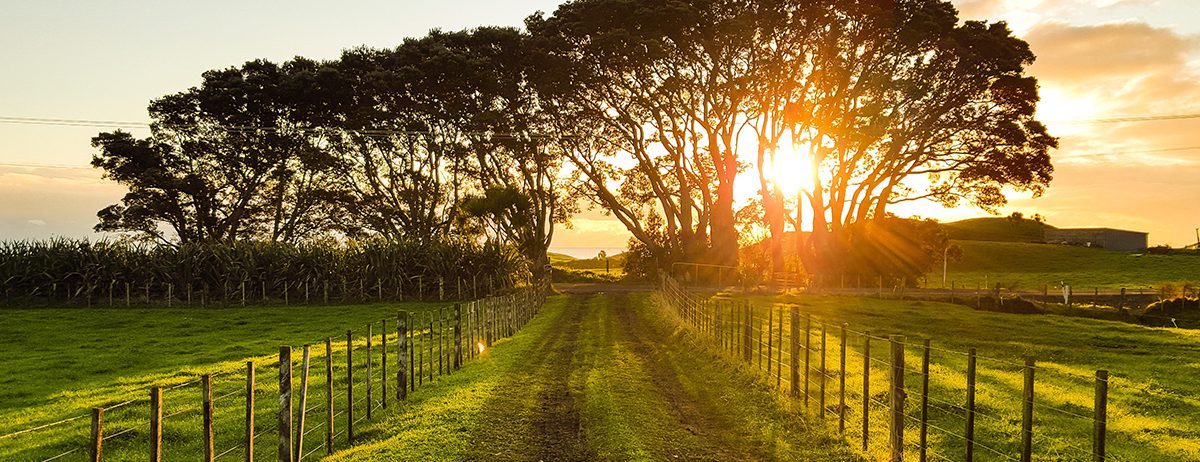
Increasing numbers of businesses are offering employees the opportunity to work remotely.
A recent survey by job search site Indeed reports that up to 68% of Australian employers now allow remote working. This, coupled with the convenience of online shopping, means that more families are making the leap and leaving the big smoke for the dream rural lifestyle.
The excitement about the advantages of the move sets in…but how do you get started? How do you choose the right rural property? And what do you need to know to make the move to the country a success? There’s more to country life than just green surroundings and picket fences. Unlike living in a suburb, choosing a rural property isn’t just about the home – it’s the whole package.
A rural property owner herself, Lynda McNeill shares her top tips to ensure your rural dream becomes a lifestyle success:
1. Choosing the right rural property for you is best determined by how you plan to use it
Here’s a few possible options:
a) If you’re looking to keep livestock, purchasing suitable land is very important. Flat or gentle undulating land offering suitable pasture is ideal. Land should be user-friendly, open, have cleared space, good quality soil and ample water supply, just to name a few key requirements. You will need to understand zoning to ensure it allows livestock, along with any quantity restrictions.
b) If the dream of staring out over uninterrupted rolling hills is more your style, ensure you understand what is required to maintain those hills, in all conditions. It could be harder to maintain, landslides in winter or windier than flatter land.
c) Rural doesn’t always mean acres of open space. You may prefer to have the peace of the country life, but within the town center. This is a good option if you want to be close to facilities, have a large back yard and still enjoy what regional life has to offer.
2. Understand threats to the property
Flooding: Flat, low lying land is often subject to flooding. You will need to understand the drainage system, not only on the property but in the surrounding areas also. If you’re looking at the property in the summer months this may be harder to detect – do your homework on zoning, overlays and speak to the locals.
Fire: If you are securing a heavily treed property, chances are you’ll be in a high fire risk zone. Ensure the correct clearing around the home has been carried out, and if not, what restrictions may apply.
3. Become familiar with the difference in utilities and what it will mean for you. Here are a few that differ from suburban services:
Tank Water: Unlike mains water in the suburbs, most rural properties have tank water. Look at your current usage to determine if the current tank capacity is sufficient or if you’ll need to install more for your family and stock needs.
Recognise that if you’re in a low rainfall area, there may be times that you’ll need to have water brought in. Learn how to tell if the tank is running low, so you have plenty of time to order before the tank runs dry.
Septic System: This is a term many suburban families are unfamiliar with. It’s very rare for rural properties to have connections to main sewer reticulation systems. Instead, each home usually has its own in-ground septic tank. It’s an unpleasant one to get wrong, so do your homework to understand the system and what is required to maintain it.
Bottled Gas: Most of us are used to either electric or gas services for heating, cooking and hot water provided via the main services in the street. However, gas appliances in rural areas normally mean bottled gas. This requires you to actively monitor when you need to refill so you don’t get caught short.
4. Heating your home
Most rural areas are known for the extremity in climate, with some even snowing in winter. The romanticised idea of an open fire can wear thin when the reality of chopping and stocking firewood takes over. Reassess your options – if you don’t see yourself as a woodchopper, find your local wood supplier and ensure you stock up ahead of winter. Or consider an alternative to a wood heater if this isn’t your style.
5. Suitable equipment
An additional cost to consider is having the correct equipment for ongoing property maintenance. This could include tractors, spraying booms, fencing, chainsaws etc. Research what’s appropriate for the property you’re securing. Ask the current vendors what they have found the most useful and explore negotiating them in to the chattels.
6. Insurance
Ensure you have adequate farm insurance that covers you for natural disasters, equipment, fencing and more.
7. Become familiar with amenities
Although being away from the hustle and bustle is appealing, it’s important to become familiar with local services and facilities. These could be bus services to get the kids to school or what distance the property is to main services should you require them in an emergency. Of course, the importance of each service will be dependent on your family’s needs.
8. Make friends
By this, I don’t only mean with the neighbours, other parents at school and social groups. Befriending the locals can be the start of a stronger community. They are your walking information manual, not only on the area’s history but also on who to call, no matter what problem you may have with your property or livestock.
If you’re fed up with traffic every day, noisy neighbours, crowded commutes and have the ability to work remotely or get a new job in a rural area, then country living could be something to discuss with your family.
The benefits of remote work speak for themselves. There’s a lot to consider before you take the leap into rural bliss, and extensive research is needed.
If you or someone you know are considering moving to a rural location, consider some expert advice first.
Book your no obligation consultation with Buyers Advocate Lynda McNeill at Inview Property Group today.



